News
-
 Animals
AnimalsCricket frogs belly flop their way across water
Cricket frogs were once thought to hop on the water’s surface. They actually leap in and out of the water in a form of locomotion called porpoising.
-
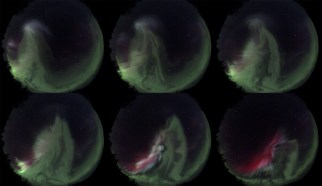 Earth
EarthGhostly white northern lights present new auroral mystery
These mysterious whitish-gray glows in the northern lights might be cousins of the mauve light streak known as STEVE.
-
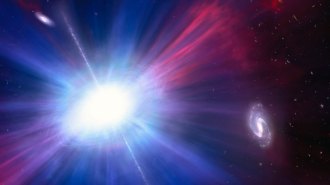 Astronomy
AstronomyA cosmic ‘Platypus’ might link two astronomical mysteries
A flash of light called the Platypus has hallmarks of a mid-sized black hole shredding a star and a type of burst thought to be a stellar explosion.
-
 Animals
AnimalsFever’s link with a key kind of immunity is surprisingly ancient
When sick, Nile tilapia seek warmer water. That behavioral fever triggers a specialized immune response, hinting the connection evolved long ago.
-
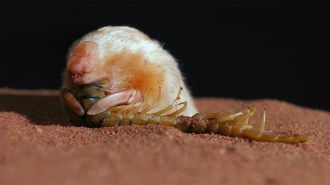 Animals
AnimalsMole or marsupial? This subterranean critter with a backward pouch is both
Genetic analyses have solved the riddle of where a marsupial mole fits on the tree of life: It’s a cousin to bilbies, bandicoots and Tasmanian devils.
By Susan Milius -
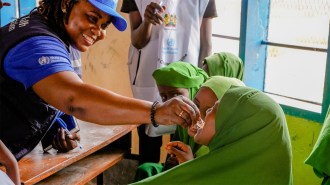 Health & Medicine
Health & MedicineTrump is withdrawing the U.S. from WHO. Here’s what that means
When Trump’s move to leave WHO takes effect in a year, it may gut funding for global public health and limit U.S. access to crucial data, experts warn.
By Meghan Rosen -
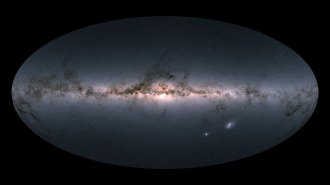 Astronomy
AstronomyGalactic chaos at cosmic noon may have stunted Milky Way planet formation
High radiation during a time of frenzied star formation in the Milky Way left one stellar population with few chances to form planets, a study reports.
-
 Paleontology
PaleontologyA mysteriously large pterosaur finally has an identity
A Jurassic pterosaur fossil, known to paleontologists for over 160 years, isn’t a new species. It is an odd specimen of Rhamphorhynchus muensteri.
By Jake Buehler -
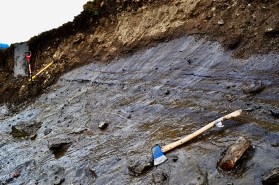 Climate
ClimateUnearthed ice may be the Arctic’s oldest buried glacier remnant
Thanks to climate change, thawing permafrost in the Canadian Arctic has revealed the buried remnant of a glacier that’s 770,000 years old.
By Nikk Ogasa -
 Animals
AnimalsIn chimpanzees, peeing is contagious
The first study of copycat urination in an animal documents how one chimpanzee peeing prompts others to follow suit. Now researchers are exploring why.
-
 Health & Medicine
Health & MedicineCigarettes with less nicotine may help some smokers quit
The U.S. Food and Drug Administration issued a rule to drastically reduce the amount of nicotine in cigarettes and other combusted tobacco products.
-
 Science & Society
Science & SocietyWhat nuclear weapons experts will watch for under Trump
As Trump takes office, issues of arms control, the U.S. arsenal and weapons testing will be on the radar for many nuclear weapons researchers.